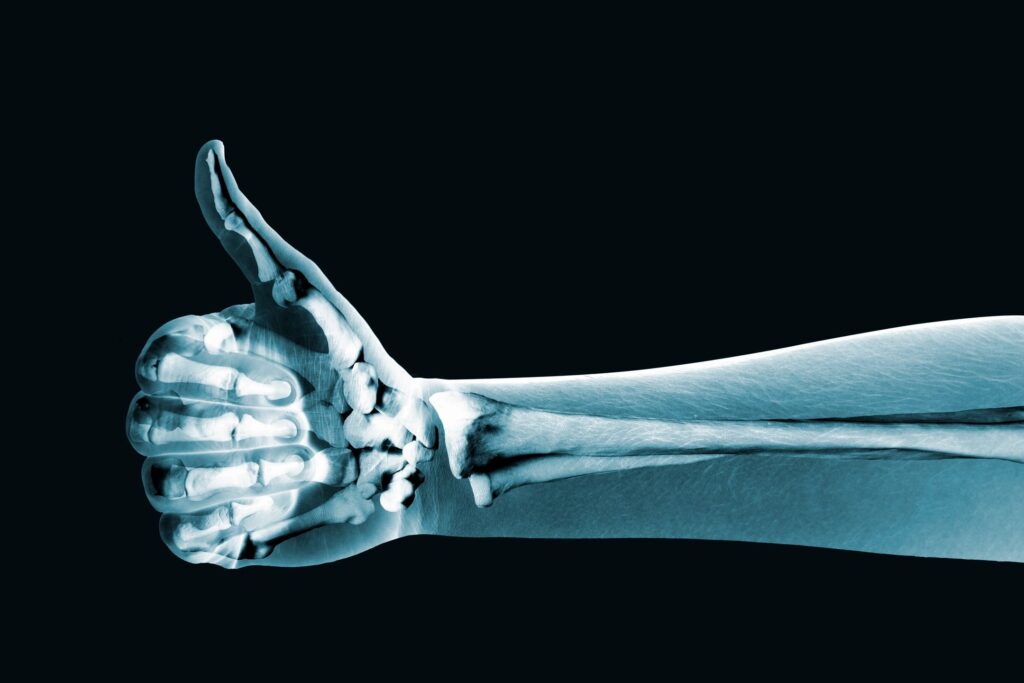Bone Spurs: Natural Prevention and Treatment

What is a Bone Spur?
A bone spur, also known as an osteophyte, is an overgrowth of bone tissue that can develop on the surface of a bone. It is usually caused by life’s general wear and tear. Just like a callous forms on the hand from repetitive damage or pressure to the tissue, we form bone spurs.
Wolff’s law states that if there is additional demand on the bone it will strengthen. This is one of the greatest avenues we can use to avoid osteoporosis. If we use weight training to add demand to the bone tissue our bones become more dense.
There’s always two sides to the same coin. The pitfall here is if we have a tendon that is pulling on its insertion point on the bone because the muscle is too tight we will eventually see a bone spur form. Just like the callous I mentioned earlier. That bone spur will then inflame and injure the tendon that caused it to form in the first place.
We see this with bone spurs in the shoulders, in the plantar fascia on the heel and we even see them form on the vertebrae if they have been too compressed for too long.
Here’s a few examples on how to treat or prevent heel spurs:
- Maintain or Increase Flexibility and Mobility: The best way to prevent bone spurs is to maintain proper joint mobility. If someone has proper shoulder mobility it is unlikely they’ll develop a spur in the rotator cuff. If someone has proper spinal mobility it’s unlikely they’ll develop spurs on the vertebrae. So, stretch and practice yoga, animal flow, primal movement or some other form of mobility exercises.
- Limit or Remove Repetitive Stressors: You may need to limit the repetitive stressors as well. For instance, if someone is developing heel spurs and they have maintained proper mobility in the Achilles and Plantar Fascia they may be heel striking too hard when they run. In this example, the person may need to change up their body mechanics and add more cushion to their shoes.
- Pay Attention to Nutrition and Hydration: It’s important that we take care of our macro and micro nutrients, as well as prioritize hydration and limit inflammatory foods. These are building blocks to a healthy body and healthy tissues.
If we maintain and increase flexibility and limit or remove the stress that caused the bone spur it can lead to the body healing the spur without surgical intervention, but it depends on the severity of the spur and the extent of the damage.
It is important to note that bone spurs may continue to grow over time if the underlying cause of the stress is not addressed. Regular monitoring by a healthcare provider is recommended to assess the growth and any potential impact on surrounding tissues or structures.
If you are experiencing any of these issues check out the links below!